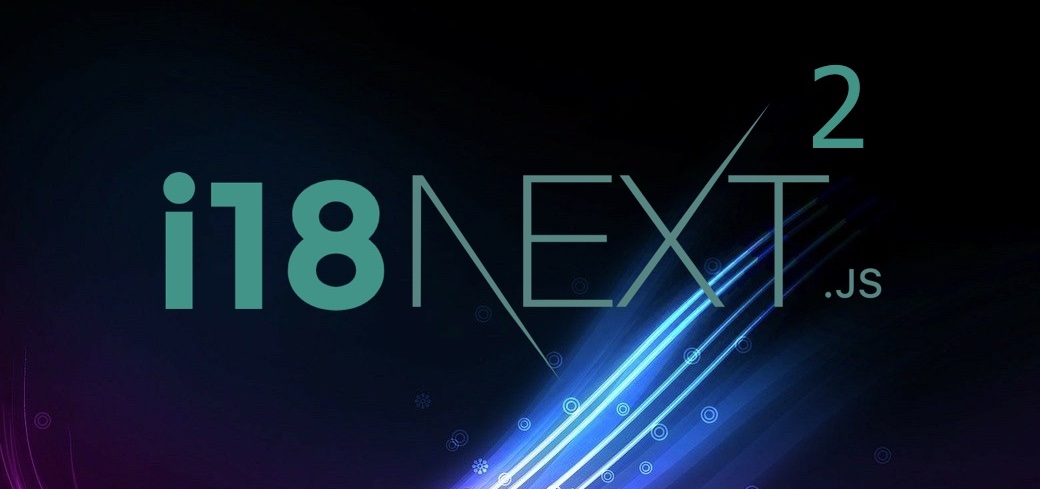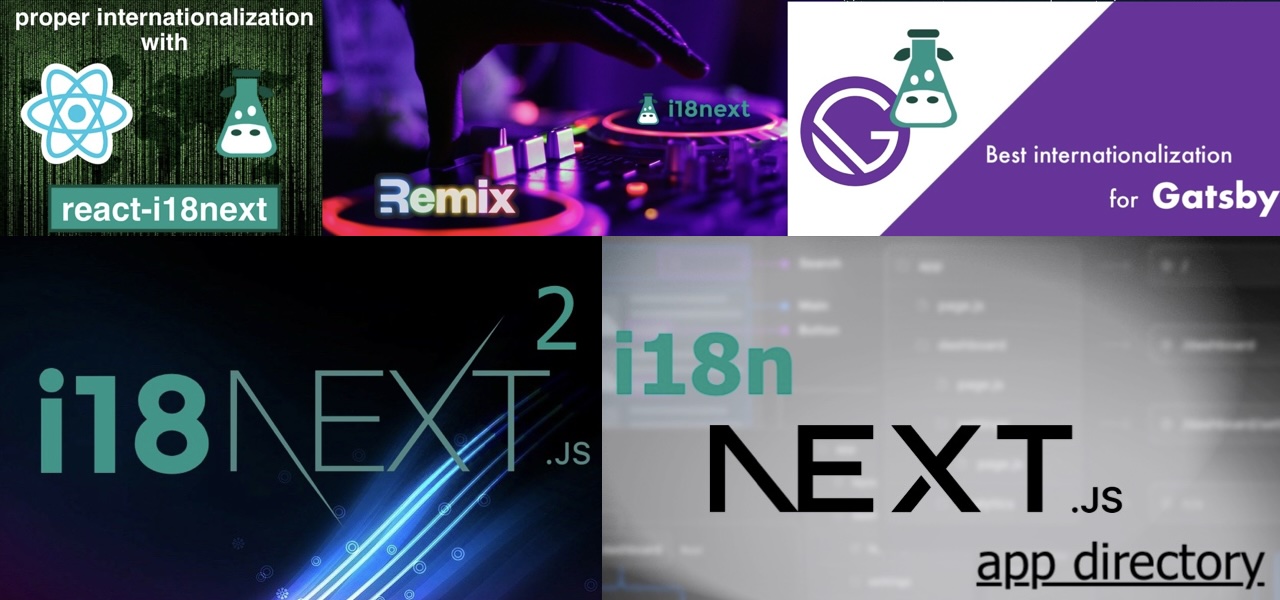
In the dynamic realm of React.js-based projects, the implementation of i18next for internationalization isn't a one-size-fits-all endeavor. The versatile nature of React.js projects, coupled with diverse tech stacks and project types, gives rise to a spectrum of approaches for integrating i18next seamlessly. Understanding the nuances of these approaches is pivotal in crafting a tailored and efficient internationalization strategy for your specific project.
As we delve into the expansive world of i18next in React.js, this guide aims to unravel the intricacies of different implementation methods. Whether you're working on a standard React project, leveraging the power of Next.js, embracing the App Router paradigm, exploring Remix, or navigating the intricacies of Gatsby, we'll walk through each approach step-by-step. From plain React.js applications to the more complex structures of Next.js, Remix, and Gatsby, we'll explore how i18next can be harnessed to its full potential.
Join us on this journey as we navigate the landscape of React.js and i18next integration, discovering the ideal approach that aligns with your chosen tech stack and project requirements. Through comprehensive examples and insights, this guide aims to empower you to make informed decisions and implement i18n seamlessly in your React-based projects. Let's embark on this exploration of internationalization possibilities, where the choice of approach becomes a key factor in delivering a truly global user experience.
TOC
Usual React.js (client side)
react-i18next stands as a powerful internationalization framework tailored for React and React Native applications. Leveraging the robust capabilities of i18next, this library simplifies the implementation of (not only) client-side internationalization, offering a streamlined approach for managing translations and delivering a seamless multilingual user experience.
Learn more
🧑💻 An example can be found here. And a TypeScript version here.
📱 And a React Native example here or here.
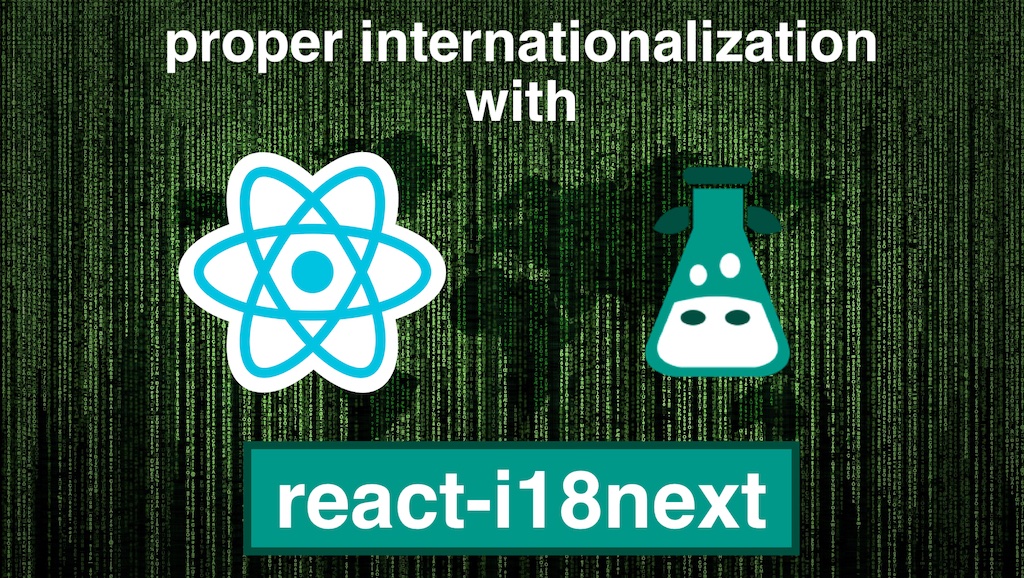
Next.js
In the realm of Next.js, a framework for React, the integration of i18next introduces additional considerations, as the approach to internationalization varies based on the chosen strategy within the Next.js ecosystem. Whether opting for the traditional Pages Router approach, embracing the App Router paradigm, or incorporating Server-Side Generation (SSG), i18next adapts to the intricacies of each, providing a flexible and efficient solution.
Pages Router
When opting for the Pages Router approach, the integration of react-i18next often involves the use of next-i18next - a companion library that streamlines the internationalization setup. This approach aligns seamlessly with the standard React page structure in Next.js, where each page is a React component.
Learn more
App Router
For projects adopting the App Router paradigm in Next.js, the integration of react-i18next offers a seamless solution for internationalization. In this approach, the App Router structure provides a centralized and efficient routing system, and react-i18next effortlessly adapts to this architecture. Here next-i18next is not necessary anymore.
Learn more
🧑💻 An example can be found here. And a TypeScript version here.
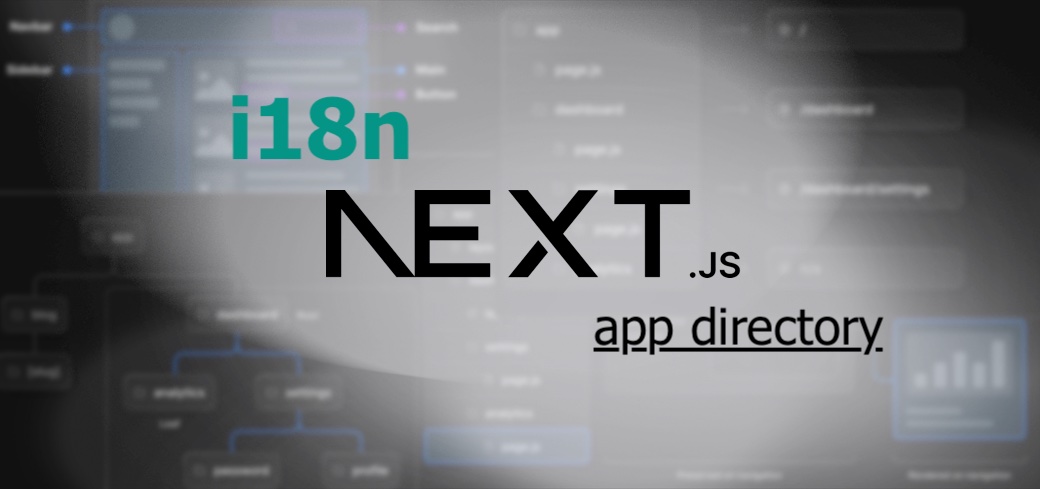
Remix
For Remix projects, the integration of remix-i18next enhances the development process by simplifying the setup for internationalization. This specialized library aligns seamlessly with Remix's architecture, offering a straightforward solution for managing translations and creating dynamic, multilingual user experiences.
Learn more
Gatsby
The integration of gatsby-plugin-react-i18next into Gatsby projects provides a powerful mechanism for building multilingual websites. By seamlessly integrating with Gatsby's capabilities and simplifying the setup, this plugin empowers developers to create dynamic and performant user experiences for audiences around the world.
Learn more
🧑💻 An example can be found here.
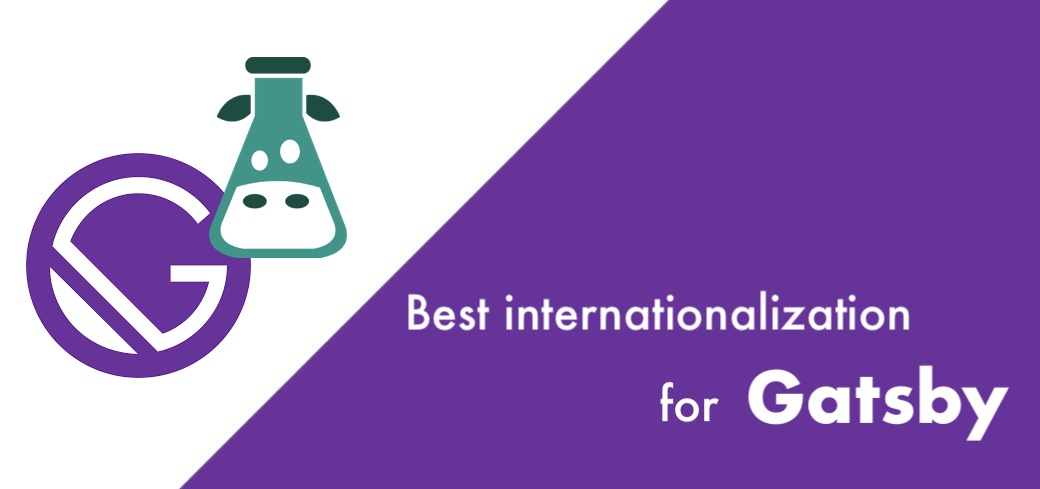
Conclusion
As we wrap up this journey through the diverse landscape of i18next in React.js projects, it's clear that internationalization is not a one-size-fits-all endeavor. The versatility of i18next, combined with the unique characteristics of React, Next.js, Remix, and Gatsby, allows developers to tailor their approach based on project requirements.
Whether you've opted for the familiar territory of a standard React project, navigated the dynamic routes of Next.js, embraced the simplicity of Remix, or ventured into the world of Gatsby, your understanding of i18next's integration has undoubtedly expanded.
By leveraging the power of react-i18next, next-i18next, remix-i18next, and gatsby-plugin-react-i18next, you've gained the tools to create truly globalized applications. The seamless integration of i18next across these frameworks empowers developers to transcend language barriers and provide a consistent, multilingual user experience.
As you embark on your future React projects, armed with the knowledge acquired here, consider the unique needs of your application and audience. Each approach comes with its own strengths, and by choosing the right module for your project, you pave the way for a more inclusive and accessible digital landscape.
Thank you for joining us on this exploration of i18next in React. May your internationalization endeavors be smooth, your translations seamless, and your applications truly global.
Happy coding!
